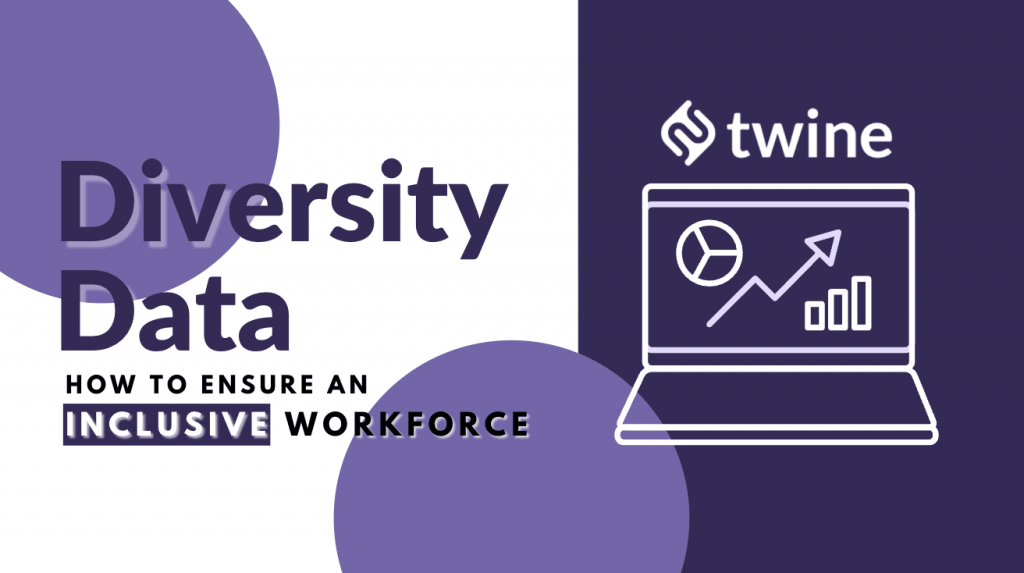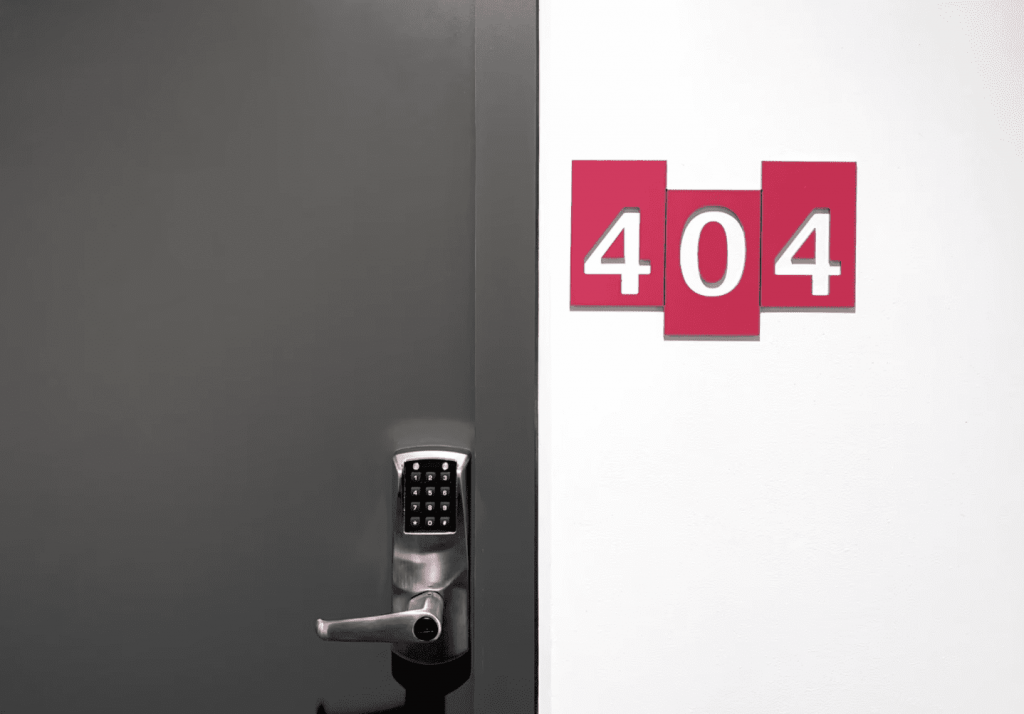
Over 75% of industry leaders, and CEOs of businesses, have revealed that increasing diversity, inclusion, and equity (DE&I) is a top priority. Diversity data helps in telling organizations what is working – and more importantly, where action needs to be taken.
Understanding how to collect and interpret diverse data is a critical part of the work. Through inclusion, each and every employee can feel a sense of belonging, leading to a greater – more productive – workforce.
In this article, we’re going to look at how data collection can enable diversity, equity, and inclusion. We’ll be talking about creating a data collection case study, what to look for, and how to enable change.
Let’s start at the beginning:
What is Diversity Data?
Diversity data brings light to the varied characteristics of your workforce.
Your organization’s workforce includes existing staff members and future applicants. Collecting diversity data about the people you work with, is a way of analyzing ethnic identity, sexual orientation, disability status, gender identity, and many more.
In an ideal world, you would have a balanced workforce with no signs of basis. Unfortunately, for a lot of companies, this isn’t the case.
Diversity data is anonymized – which avoids bias and doesn’t allow identification – and looks at trends (across the organization) overall. This type of data help businesses understands if and where the action is needed.
For example, diversity data could help you realize some groups are not permitted promotions at the same rate as other groups, within your organization. Acquiring the collection of diversity data, and analyzing it, will help you figure out whether your organization is diverse and fair.
Collecting Diversity Data
How do we start?
To determine the effectiveness of your policies, you need to figure out what the intended outcomes of your business actually are. Are you taking into account DE&I already, or is this something that needs to be introduced?
Gathering information on the diversity of your organization aims to prevent discrimination on the grounds of age, sex, disability, race, sexual orientation, religion or belief, pregnancy, maternity, marriage, civil partnership, and gender reassignment.
Building a Case for Diversity Data

Firstly, let your workforce know why this data collection is taking place. Acquiring this information can seem intrusive if done incorrectly, so ensure every employee is on the same page.
After you’ve communicated to employees why the data is being collected, then go on to explain how it’s going to be used.
As an organization, identify the benefits of collecting diversity data – as well as provide everyone with the transparency needed.
The data should have a purpose. More and more companies are looking to tell the stories of their employees, for the benefit of a more inclusive, open workspace.
You should also make employees aware that diversity data collection is optional. With every survey or collection model, ensure there is a “prefer not to say” option.
What types of data can be collected?
Diversity data includes the intel of gender, sexuality, ethnicity, disability, and/or educational history. Having these insights about employees will enable companies to discover the composition of their company, and whether there is an imbalance between groups.
You also need to figure out what is measurable by data collection, and what information can be acquired by other means. There may be instances where the organization’s digital system can inform you: for example, the number of absences within various areas of the company. HR and data collection can often intertwine, so it’s important to do the relevant research.
It isn’t easy to work out how to collect diversity data – we get it. It’s a tough topic, and not everyone will be willing to hand over such personal information. However, in light of making changes, it’s necessary.
Have a clear, easy-to-follow plan in place, and make it known to your team. Figure out what it is you wish to explore, and what data will help answer your investigation. Having a data collection model that is focused, transparent and resolute will help provide stronger data analysis.
Common Pitfalls with Collecting Diversity Data

Insights from data collection have helped pave the way for strong decision-making within businesses.
Now, organizations are more willing than ever to dive into their own structure and examine the cogs and wheels that make the machine work. Even if it means dismantling the hiring process, and rebuilding it to empower inclusivity.
This not only provides companies with a deeper understanding of their employee’s needs but also provides equal space for their workplace. Consumers are beginning to have a greater sense of trust for brands, improving brand identities for organizations that have taken on board DE&I initiatives.
To ensure you aren’t merely skimming the surface of the data you collect, make sure you have an efficient analyzing method. For instance:
- Everyone in the company should be on board with a more accessible, and inclusive culture. Take time to educate senior directors and stakeholders on the new initiatives. The significance of diversity data should be addressed so that the entire organization is an advocate for change.
- There will most probably be questions – so, ensure there’s a FAQ in place that provides transparency. A diverse data collection aims to create transparency within the workplace, so it makes sense to start here! You could also provide resources to inform others about what the research looks to achieve.
- Allow anonymity! This is crucial for a valid data collection experience. Enable anonymous forms so individuals who are hesitant, or would like more information, are able to ask questions without identification.
To make the analysis more manageable, consider separating it into regular intervals. These can be revisited by the wider team, in order to conduct a more thorough analysis.
Decide what is most manageable for your team – whether it’s weekly, quarterly, or annually – in order to see the progress of any issues and if they are being addressed appropriately.
Creating Change
You’ve collected the data, now here comes the fun bit: making a change.
It’s crucial that you take advantage of this data, and conduct a thorough analysis – matters involving DE&I need the proper attention and scrutiny, to ensure everything happens efficiently, and in the proper way.
Granted, this will take time. You won’t be able to address every issue your research brings to attention overnight – but, you can certainly begin to map out a strategy for the long term.
Here are 3 steps to a successful diversity data analysis:
First, recognize trends. There are 3 common areas this data will most likely affect:
- salaries and promotions
- retention of employees
- representation of the organization.
An example of this might be a historically-underrepresented group seeing a disproportionate amount of promotions, in contrast with peers. It’s important to view diversity data from every angle, in order to ensure fairness and equality within the workplace.
Second, look for equal opportunities.
After you’ve identified any trends that occur through your data analysis, the next step is to scan the opportunities.
Your organization should be allowing a balance of opportunities to take place, across all demo and psychographics. The data will help either confirm or deny this.
How is representation across the board? Do you have an equal amount of representation within leadership roles, in order to ensure fair and unbiased equality?
Third, take action.
Now, we’re onto the final stage. Evidence has been collected, and the analysis has taken place to investigate every aspect of your organization. It’s time to create actionable next steps.
Take ownership of these roles and responsibilities. It’s important to have transparency moving forward with your company, so injustices don’t appear again. In order to embed DE&I into every element of your organization, it’s vital everyone is on board.
Allow those in various departments the responsibility to maintain and deliver on DE&I initiatives. Although a DE&I specialist is important within an HR department, it’s crucial that the forward-thinking doesn’t stop there.
Wrapping up
Diversity data collection is needed to help make your organization innovative.
An effective DE&I strategy improves employee engagement and strengthens your team. After you’ve ensured that your data has been collected ethically, and with transparency, you’re on your way to discovering the inner workings of your workforce.
An analysis of diversity data can help formulate a path on where your priorities need to be. You can set up a DE&I strategy, fully backed by evidence, with the intention of reshaping your organization’s structure. At a later date, you can revisit the strategy, to ensure inclusive results have taken place.
At Twine, we can help your organization’s future. With over 430,000+ diverse freelancers, there is limitless potential for an inclusive, diverse, and accessible workspace for your employees and customers. The foundation of an effective business is strengthened by inclusivity.
For more information, ask our team to help you capture and analyze your diversity data.

